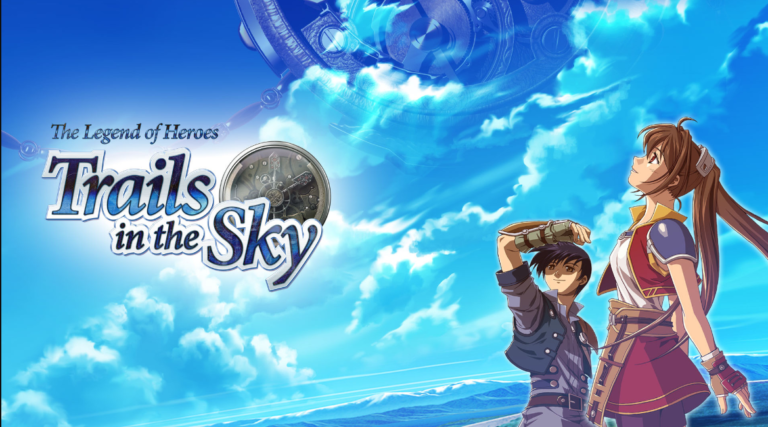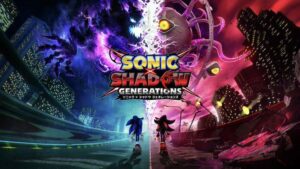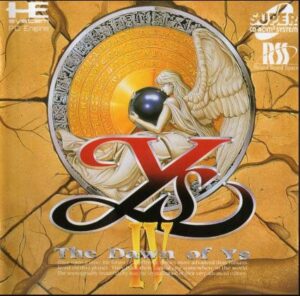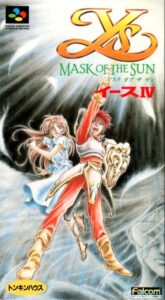With the landmark localization of Trails from Zero behind us and its sequel Trails to Azure right around the corner, I figured now would be the perfect time to take a look at the game that started it all. The first in an ever-expanding lineup of games, is it still worth gamers’ time nearly 20 years later? Let’s dive into Trails in the Sky!
Trails in the Sky was initially released in Japan in 2004 for Windows PC and the PlayStation Portable before its international release in 2011. It is the property of long-time RPG developer Nihon Falcom. This game marks the sixth overall entry in the long-running Legend of Heroes series, and it is the first of the Trails subseries. Aside from a strategically placed reference to previous Legend of Heroes titles, as Trails in the Sky is an entirely new storyline set in the world of Zemuria following a significant technological revolution
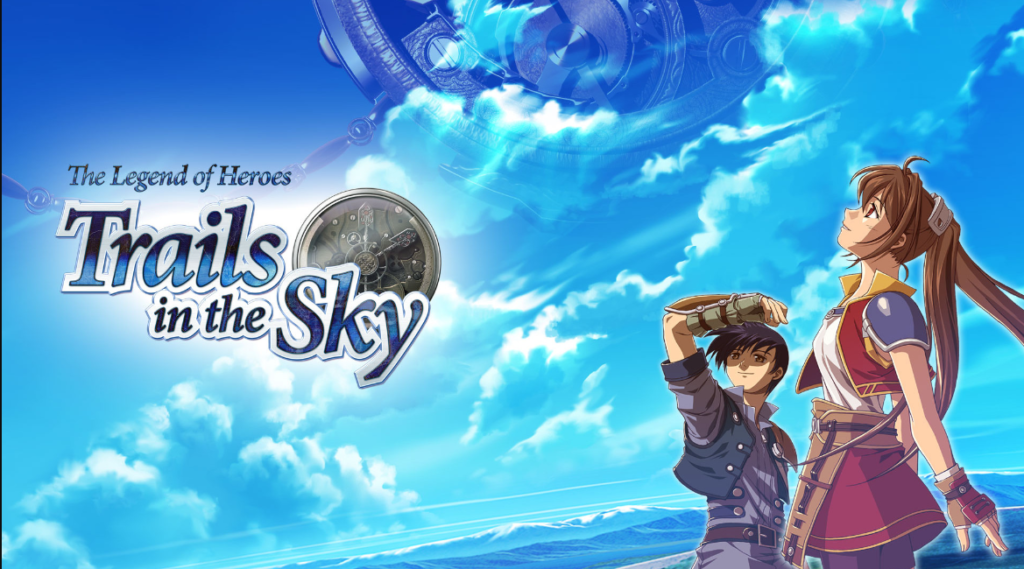
The story of Trails in the Sky follows foster siblings Estelle and Joshua Bright as they attempt to become senior members of the Bracer Guild, a mercenary-like organization that maintains order and aids civilians across Zemuria. However, when their father suddenly goes missing, the pair must journey the lengths of their home nation of Liberl to find him. Along the way, they will be swept up in a conflict that not only encompasses Liberl, but will shape the future of Zemuria.
For years I have pondered what made this series Falcom’s largest property and what its greatest appeal is. The story itself isn’t anything new as far as RPG storytelling goes, but Falcom excels in subverting player expectations by putting a new spin on familiar storytelling tropes. The other factor that sets the series apart from its contemporaries is its extreme attention to detail in the world-building elements. Side quests develop the characters and world around them in meaningful ways. There are even numerous in-game reading materials that exist solely for the benefit of the world and immersion rather than the main plot.
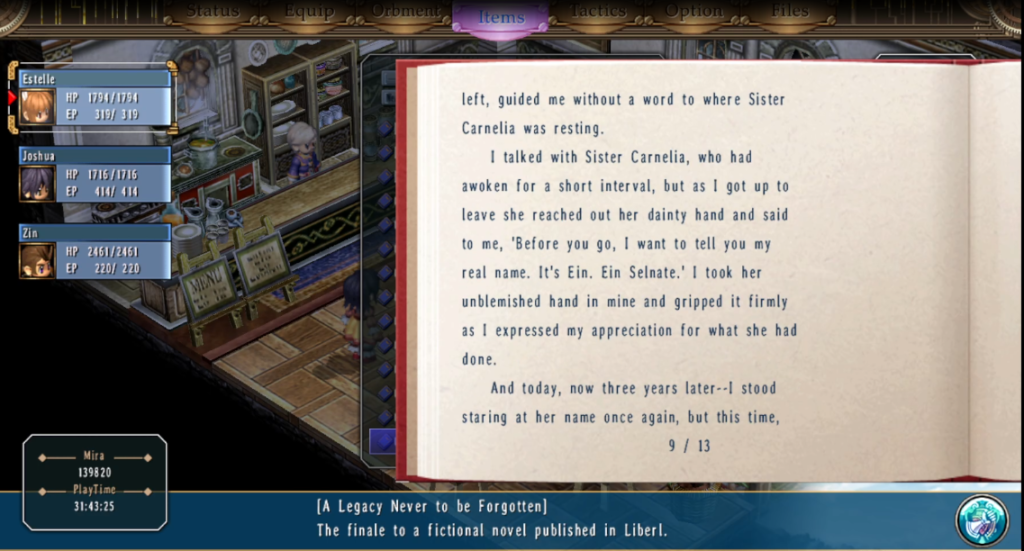
I will admit that Trails in the Sky has aged graphically, but as a sprite-based game, it stands the test of time better than some other games Falcom produced during this era. The sprites may lack expression, but the character portraits more than make up for it. The sprites and general art style also have a distinct charm and personality, even if they lack graphical fidelity. When it comes to the soundtrack, this is still one of Falcom’s best works. The series would go on to feature a variety of musical styles, giving us a greatly varied soundtrack. However, the original game emphasizes soothing jazz arrangements, an element I didn’t quite appreciate when I first played the game in 2014 but have come to appreciate more in recent years. The soundtrack has earned a place in my collection; the tracks really stick with me, and they do an excellent job establishing a memorable atmosphere.
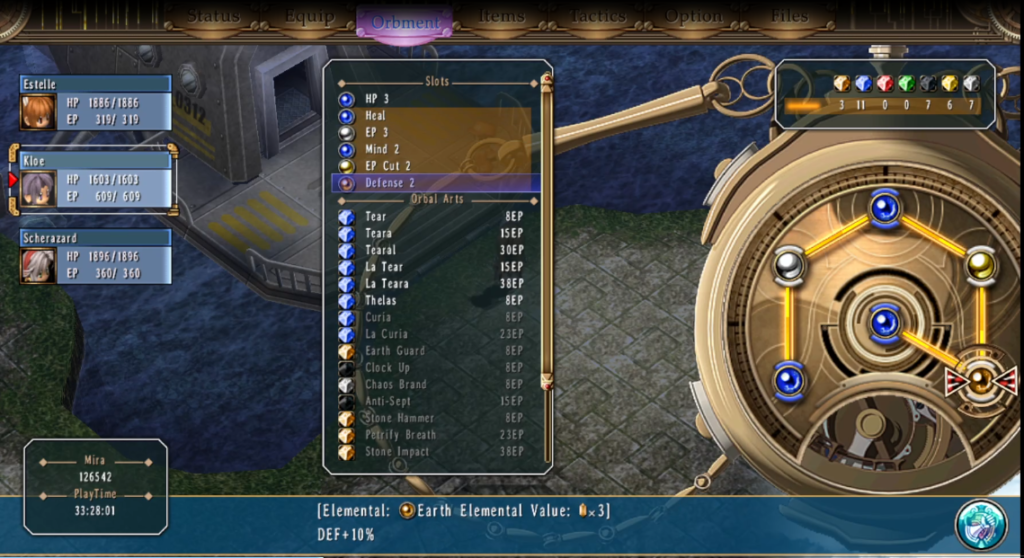
Now that I’ve gone on in detail about how Trails in the Sky looks and sounds, you’re probably wondering how the game actually plays. Trails in the Sky builds upon what previous Legend of Heroes games established. The combat is turn-based as battles take place on grids. From here, players will direct their characters with commands such as attack, move, make use of arts (magic), and make use of crafts (character skills). The combat system appears deceptively simple at first glance, and it is easy to pick up, but players will unlock layers of complexity as the game progresses. With that being said, it never becomes overwhelming in my opinion.
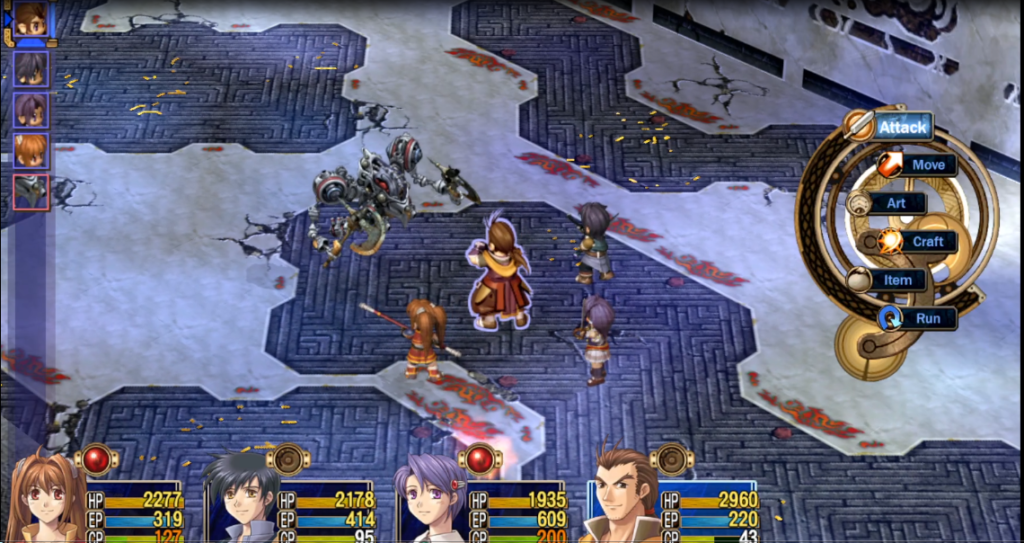
The game and accompanying series have always fared well in their home nation of Japan. However, the game didn’t perform well financially when it was brought over to the west on the PSP in 2011. This is partially due to it being a niche property released on a platform that underperformed and was well past its prime. Still, the game received glowing praise from critics despite its underperforming localized sales.
Despite its underwhelming performance, Xseed Games of Marvelous Entertainment gave Trails in the Sky another shot with a release for Windows PC in 2014. This version featured a reworked translation and other quality of life features. Following the success of this release, as well as the upcoming localization of its sequel and Cold Steel 1, it seemed that a whole new hemisphere could enjoy Falcom’s most popular modern franchise. Trails in the Sky was the first domino that needed to fall in order to establish the series on an international scale.
In the following years, the Windows version of the game received various updates. It received adjustable graphic options, a high-speed mode, and the option to skip special attack animations to improve game pacing. The game was still playable on the PSP and PS Vita through PSN, but the PC version established itself as the definitive frontrunner.
Now that I have praised the daylights out of Trails in the Sky, it is time to pick apart some of the design quirks in this almost 20-year-old game. As a PC game from 2004, it predates when all games were built with widescreen in mind. As a result, when playing in full-screen, you will notice characters popping in out of nowhere on occasion. The game also didn’t feature additional difficulty settings with its initial release. These were added in a later release, but the higher difficulties had shortcomings. For example, success felt more dependent on persistence rather than skill. Furthermore, the majority of the game’s areas have a very helpful map feature, which makes navigation simple. The exception is when you’re in dungeons, which have no maps of any kind. Combine this with a lack of defining visual features and it can be very easy to get lost, especially in Chapter 3’s Limestone Cave or the Sealed Area in the final chapter. Unfortunately, this shortcoming wouldn’t be addressed for five sequels.
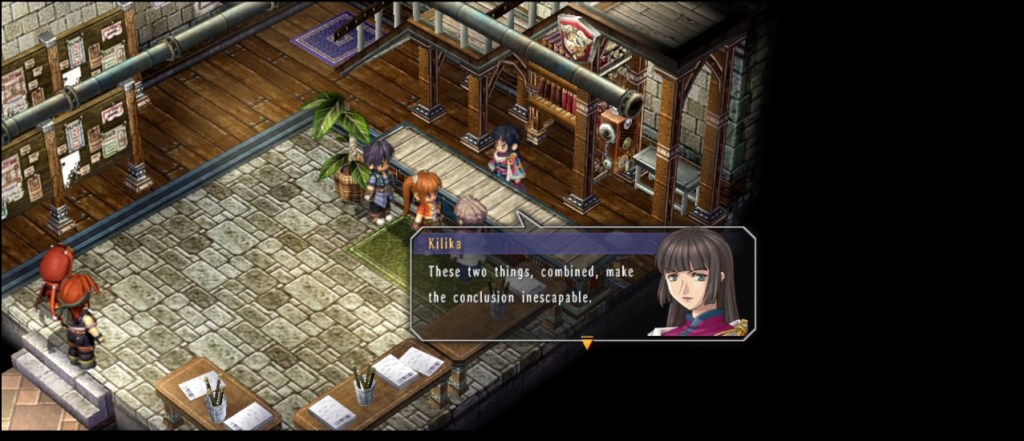
Barring the occasional odd design quirk, Trails in the Sky has aged exceedingly well and doesn’t feel like a 20-year-old game. The game captured the hearts and minds of players around the globe and rebranded a long-running franchise for the modern world. Future sequels would build upon what Sky established, but the original game is still amazingly designed and fun to play game two decades later. It holds my highest recommendation not only as a video game, but as an example of how to build an immersive world in a fictional setting!

